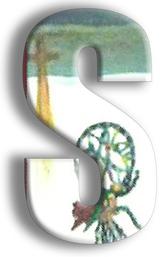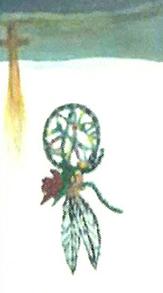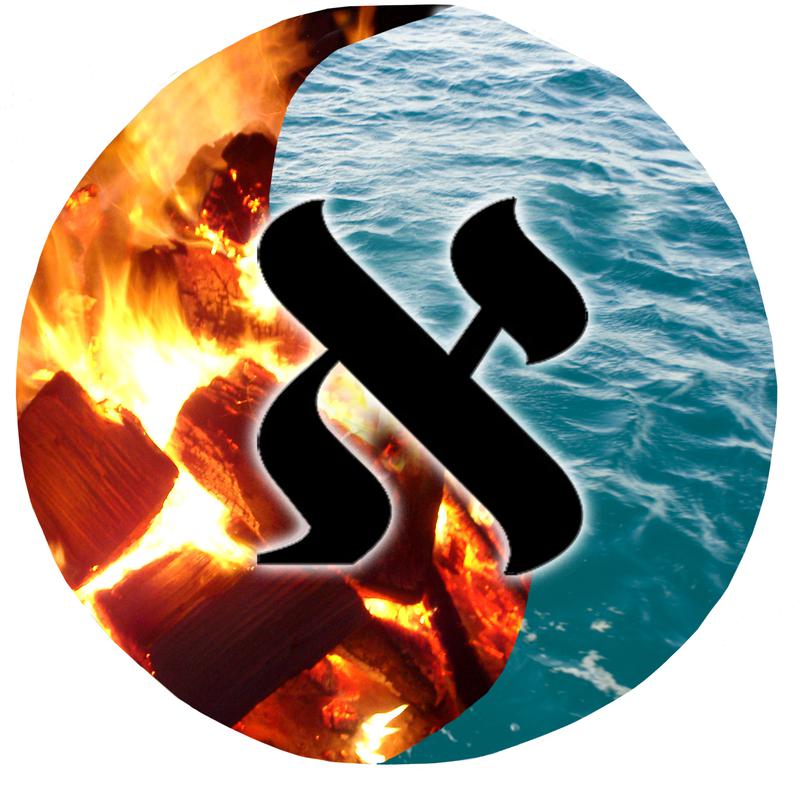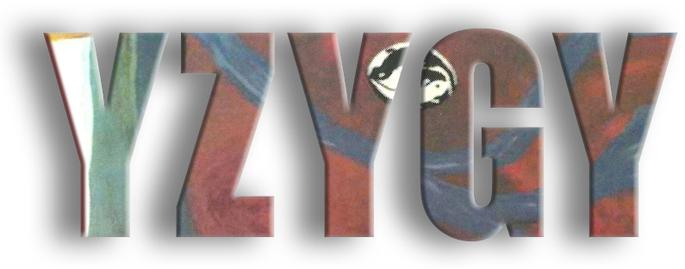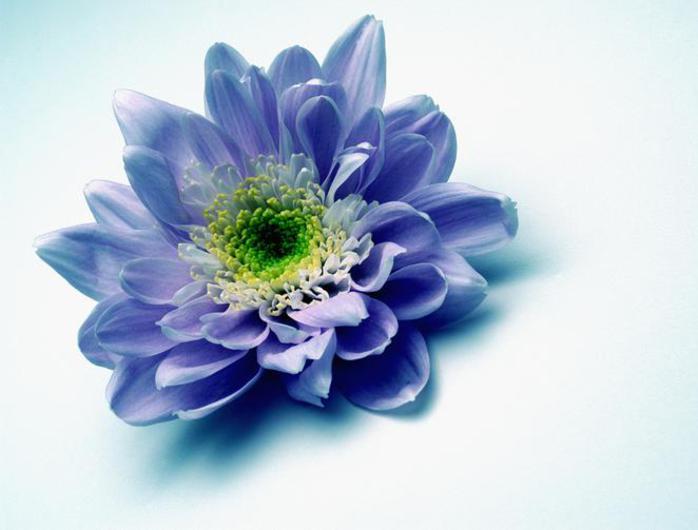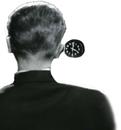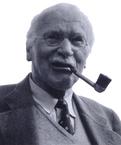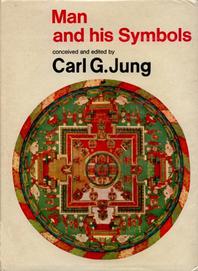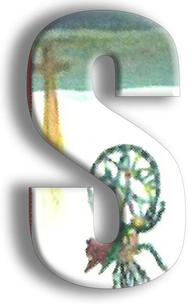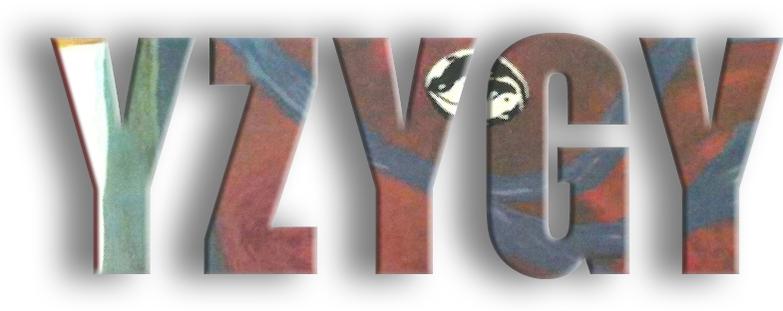MEMOIR LOGO CONCEPT: The aleph and a Sufi mystic inspired my creation and design of the syzygy logo, which I initially based on the symbolism of the yin and yang.
But the concept expanded when I first saw the aleph in Judith Cornell’s
Mandala Healing Kit, My inexplicable attraction to it led me to incorporate it into my logo before I knew what it meant.
I later read that the “Aleph (the first letter of the sacred Hebrew alphabet) embodies the primordial, divine potential of the universe. ... Aleph contains all the universe’s potential and all of its emptiness simultaneously. Aleph represents a dynamic process of movement from unity to diversity and back to unity,” Jennifer Judelsohn, Songs of Creation.
And the mystic poet Rumi inspired me to use the fire and water concept after I read The Question. Here is an excerpt:
“The presence is there in front of me. A fire on the left, a lovely stream on the right.
One group walks toward the fire, into the fire. Another toward the sweet flowing water.
No one knows which are blessed and which are not.
Whoever walks into the fire appears suddenly in the stream.
A head goes under water, and that head pokes out of the fire.”
LOGO ART: Cropped fire and water images from Free Images.
LOTUS LOGO: In spiritual and religious literature, “the lotus is a symbol for the macrocosm and the microcosm, the universe and man. The lotus represents the divinity of the cosmos as well as the divinity of man.
The lotus is the center of the infinite, omnipresent consciousness which connects with the consciousness of the universe. Through the intuition, one of man’s divine gifts, the spiritual student can see the infinite, omnipresent consciousness as the lotus flower within himself.”
LOTUS ART: Courtesy
Homestead, my website service provider. (Temporary art while I design of my own lotus logo.)
TO DOWNLOAD FREE SAMPLE CHAPTER OF SYZYGY:
THE MEMOIR
TO BUY MEMOIR
(Thru Amazon)
THE MEMOIR
CROSSING THE BRIDGE TO SELF
THE WEBSITE
THE MEMOIR
NEW!
©1955—2015 Syzygy: Crossing the Bridge to Self. All Rights Reserved.
“Jung himself did not see the purpose of life as being the victory of light over dark.
Rather his own vision was one of wholeness, of all elements of the Self moving in a complicated dance, in and out of balance, in an endless, unfolding creative drama of growth.”
Dream prompts Jung to write book for you and me
Jung asked Freeman to edit Man & His Symbols so that it would be understood by people in the marketplace.
Freeman’s interview of Jung in 1959 on Face to Face—and a dream— prompted Jung’s desire to reach the public at large.
I had just turned three years old and was living in a ghetto in Syracuse, New York, when Jung was enjoying his grandkids and great-grandkids in his delightful lakeside home outside of Zurich. He was 83. (See Jung & Me for more on this.)
That spring, John Freeman, famed British editor and master interviewer on Face to Face, conducted an in-depth interview with Jung at Jung’s home at the request of the BBC.
The managing director of Aldus Books, Wolfgang Foges, who had a lifelong interest in psychology, had watched the very enjoyable interview on television with great perplexity. It seemed such a shame that Freud’s psychology was known throughout the Western world, while Jung’s voluminous work, which introduced a whole new school of thought on psychology, was deemed too complex for the mainstream. Foges contacted Freeman and asked him if he would try to persuade Jung to write a book for the general audience.
Freeman jumped at the idea, and “set off once more to Zurich, determined that I could convince Jung in the value and importance of such a work.” But Jung kindly refused. He was 83 after all, and he had already written a ton. Besides, Jung had had a dream.
In the dream, Jung said, “a certain man was trying to get behind me and jump on my back. I knew nothing of this man except that I was aware that he had somehow picked up a remark I had made and had twisted it into a grotesque travesty of my meaning.”
Such misrepresentations angered Jung, but the image of the man trying to jump on his back puzzled him—until he later realized his unconscious had pictorialized an Australian colloquialism, Du kannsl mir auf den Buckle steigen (You can climb on my back!), the American equivalent to “Go jump in a lake!”
Jung interpreted the dream as a reminder to keep his emotions in check. I can only venture to imagine what the prolific Jung might have really been thinking when Freeman presented the request from Foges: “You can go jump in a lake!”
However, following the Freeman interview, Jung enjoyed a different kind of reception. He was quite pleased by all the mail he was receiving—not the abundance he was accustomed to receiving from doctors and psychiatrists from around the world—but mail from all walks of ordinary life, nonprofessionals, “who had been captivated by the commanding presence, the humor, and the modest charm of this very great man, and who had glimpsed in his view of life and human personality something that could be helpful to them.”
Nonetheless, Jung had declined the book offer, and those who knew him best knew he rarely changed his mind. However, Jung’s unconscious would have the final say, that is, through a dream that depicted him, not sitting in the comfort of his study chatting with doctors and psychiatrists, “but standing in a public place and addressing a multitude of people who were listening to him with rapt attention and understanding what he said.”
According to Freeman, shortly after Jung’s dream, Foges appealed to Jung once more to write a book about his new psychology in layman terms. Honoring his dream, Jung accepted. Freeman said the last year of Jung’s life “was devoted almost entirely to this book, and when he died in June 1961, his own section was complete (he finished it, in fact, only some 10 days before his final illness) and his colleagues’ chapters had all been approved by him in draft.”
After Jung’s death, Marie-Louise von Franz, as editor, and John Freeman, as coordinating editor, completed the work Jung had begun, following his instructions to the letter, that we might have a greater understanding and appreciation for “one of the greatest doctors of all time and one of the greatest thinkers of this century.”
While Freeman was flattered that Jung entrusted him with such a task, it was tempered by his knowledge that Jung selected him because he was “of reasonable, but not exceptional. intelligence and without the slightest serious knowledge of psychology.”
Such qualifications, Jung expected, would require Freeman to ensure that the complex subjects of the book would be edited with clarity and simplicity.
Possessing only reasonable intelligence myself, and very little knowledge of psychology, I hopefully qualify to at least share my Jungian journey with others, in the hopes of popularizing Jung’s work among non-specialized readers.
In the spirit of John Freeman, I hope as I explore Jung’s psychology and his ideas, that I will not only write clearly and simply, but more importantly, that I never twist Jung’s words. If I should write anything here that seems inaccurate or misleading, I hope you will send me any supporting text you have so that I may correct myself as soon as possible.
In conclusion, I humbly thank you for visiting this site. I am humbled that Source sees fit to expand through me. ♂ ♀
[1] C. G. Jung: Face to Face—The John Freeman Interview (1959). View interview in its entirety, thanks to shellbjmc’s YouTube channel.
THE DIVINE INNER MARRIAGE OF YIN & YANG
moved to book page, this should be general intro and mandala art work
